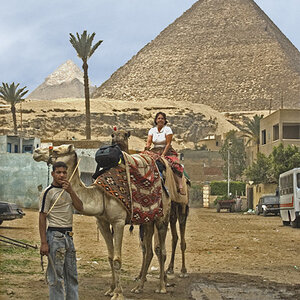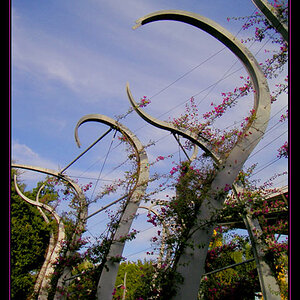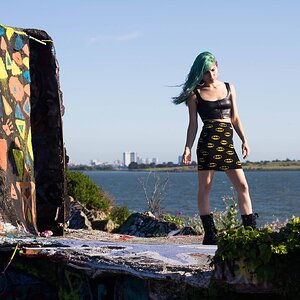i use cannon eos kiss x. just bought a new lens. Sigma 70-300mm 1:4-5.6 macro.
so far i have been shooting with the standard kit lens 18-55mm.
i will admit so far i have just been messing with autofocus cause i honestly cant do manual with my eyes.
this is under a cloudy but bright day. these are flower buds. i was shooting on a tripod with a remote to be sure there was no shake at all.
this example is is 1/5 sec.
f/22
300mm
iso-200
exp. comp. 0
any tips?
not cropped but resized
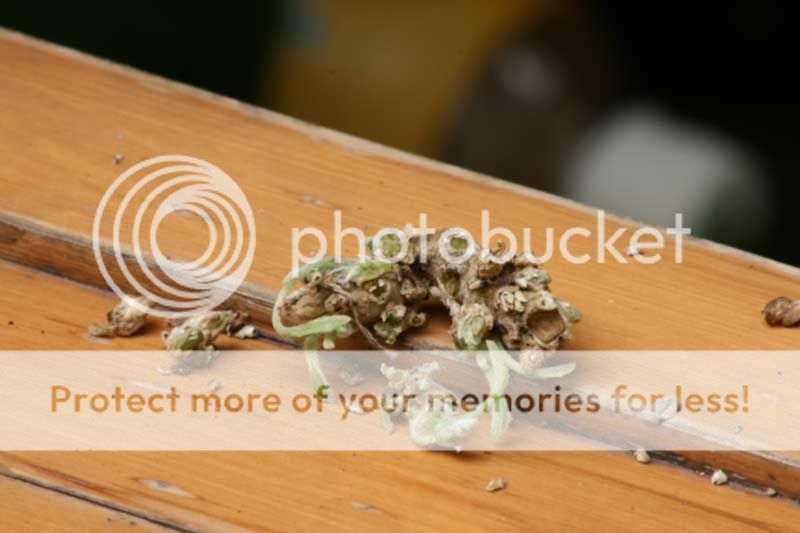
cropped and not resized
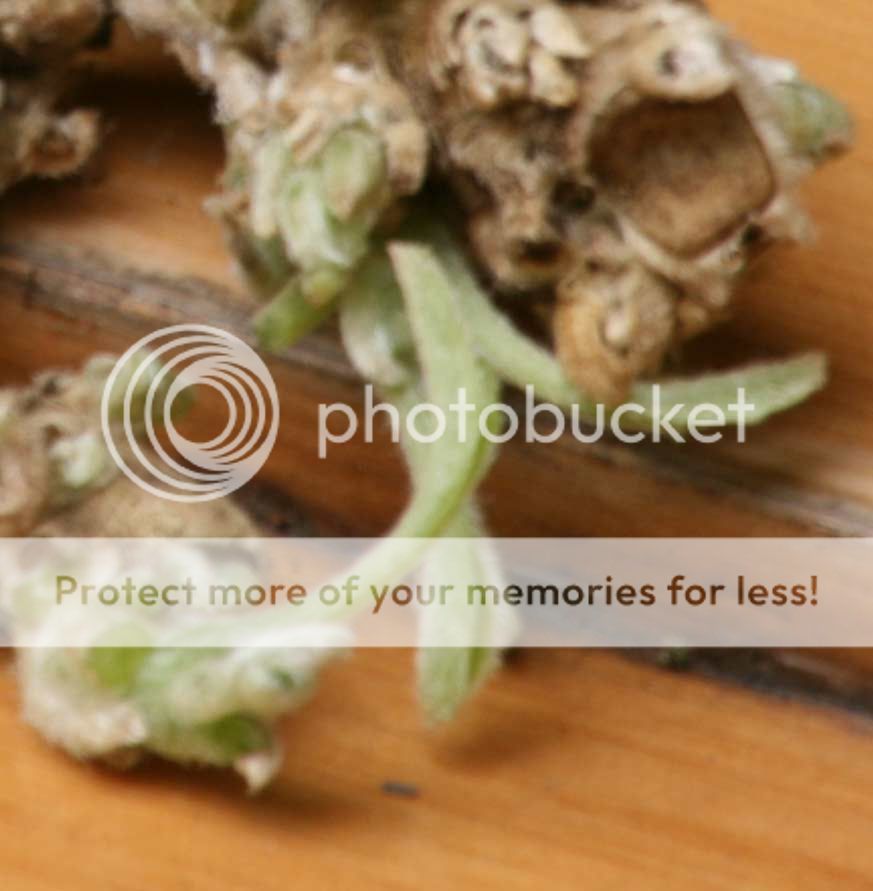
see how out of focus that is? why? i tried about 20 pics at different distances from 4 feet away to 15, and this was the best...
so far i have been shooting with the standard kit lens 18-55mm.
i will admit so far i have just been messing with autofocus cause i honestly cant do manual with my eyes.
this is under a cloudy but bright day. these are flower buds. i was shooting on a tripod with a remote to be sure there was no shake at all.
this example is is 1/5 sec.
f/22
300mm
iso-200
exp. comp. 0
any tips?
not cropped but resized

cropped and not resized

see how out of focus that is? why? i tried about 20 pics at different distances from 4 feet away to 15, and this was the best...






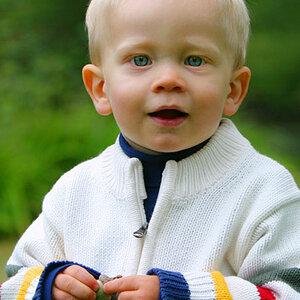
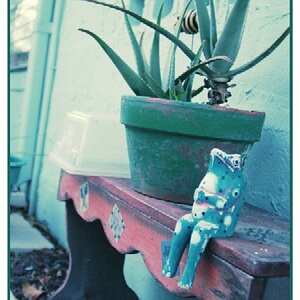
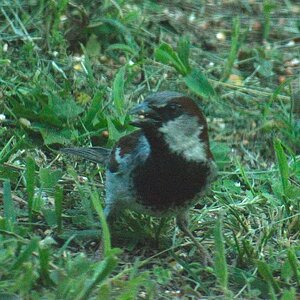
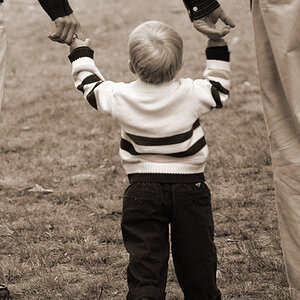
![[No title]](/data/xfmg/thumbnail/35/35868-15d995e4052bf05e2038e8b2a545a08f.jpg?1619737195)
![[No title]](/data/xfmg/thumbnail/31/31037-35b917d9eb4d044981e83ac234757e09.jpg?1619734581)
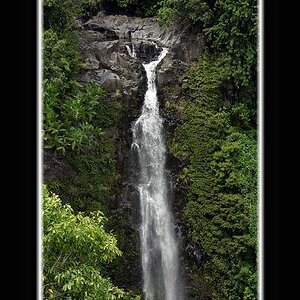
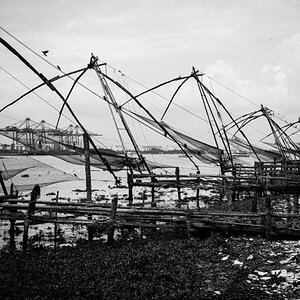
![[No title]](/data/xfmg/thumbnail/36/36399-041c9ebc3a39e89ec8e39243c0d43528.jpg?1619737551)
